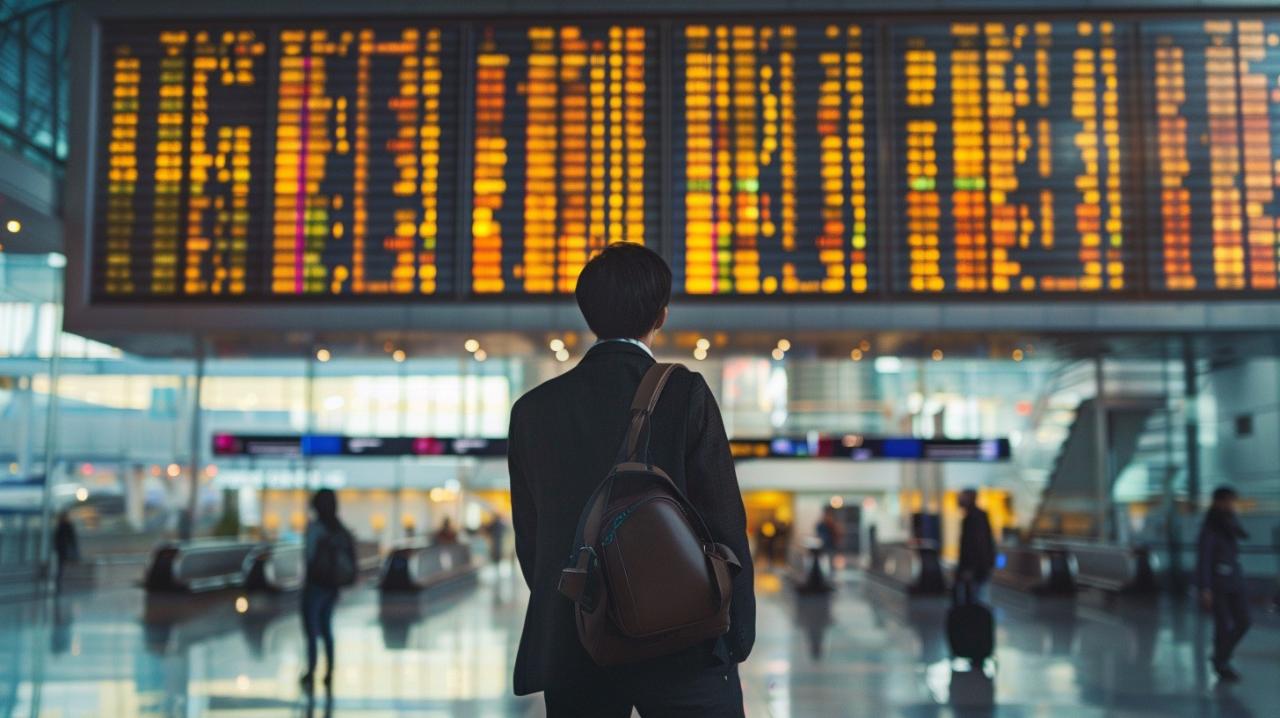
Boeing Earnings, Test Case for Future Cost of Safety Strategy
Boeing (BA) has been under a harsh spotlight for at least the past five years after two fatal crashes led to a worldwide grounding of the 737 Max airliner for nine months. And with the past few months of incidents, kicked off by an Alaska Airlines (ALK) passenger jet’s door plug popping out of its socket at 16,000 feet in the air in January – this time a Boeing 737 Max 9 airliner – shares have been begging for mercy.
There were other incidents involving Boeing aircraft just over the past couple of months, such as flames erupting from a Boeing 737-900 engine in March – though it’s important to note that Boeing does not provide the engines for its planes. There was also a situation where a portion of an engine covering fell from a 737-800 jet during takeoff and hit the wing flap in April. Boeing referred questions to Southwest, who declined to say when the plane’s engine last had maintenance. Boeing shares are now down around 35% year-to-date through Monday’s close, trading at their lowest levels since November, 2022.
But I have two major thoughts in all of this: First, if regulators go looking for issues, they may find them. Boeing’s issues have roiled the entire aviation complex. Not only has the Federal Aviation Administration (FAA) increased oversight of Boeing and placed its manufacturing and quality process under intense scrutiny, the FAA is increasing its oversight of United Airlines (UAL) after a string of incidents. And as a precaution earlier this month, an American Airlines (AAL) pilots’ union issued a warning to members to be vigilant, avoid rushing, and not be pressured into doing anything unsafe after seeing a spike in safety and maintenance problems for the carrier. My question here is are these things happening all of a sudden, or is it just the increased oversight finding the issues?
Which brings me to my second thought: If these issues have been happening all along, why have concerns like this gone unchecked? In an Allied Pilots Association note to American Airlines union employees, some of the problematic trends included tools being left in airplane wheel wells, collisions between aircraft while they’re being towed, equipment being left in sterile areas where planes pull into gates, and faulty paperwork documenting whenever damaged aircraft are ferried to another location. What controls ought to be in place to catch issues like these?
While those thoughts take us to a broader perspective on the airline industry, a good test case for the future cost of these safety strategies could be in Boeing’s next earnings report on Wednesday. Analysts expect Boeing to report adjusted losses for the quarter at $1.43, much steeper on a sequential basis, from the 47-cent-per-share loss the company reported for the final quarter of 2023. I’ll be looking for any language detailing more safety strategies, and any cash flowing to those efforts; essentially, how Boeing backs the engineering of its planes.
Stay tuned. I sure will.
Featured clips



Bitcoin Halving Enforces the Scarcity of Bitcoin & Contributes to its Security
THE WATCH LIST
► Play video
Charles Schwab and all third parties mentioned are separate and unaffiliated, and are not responsible for one another's policies, services or opinions.

